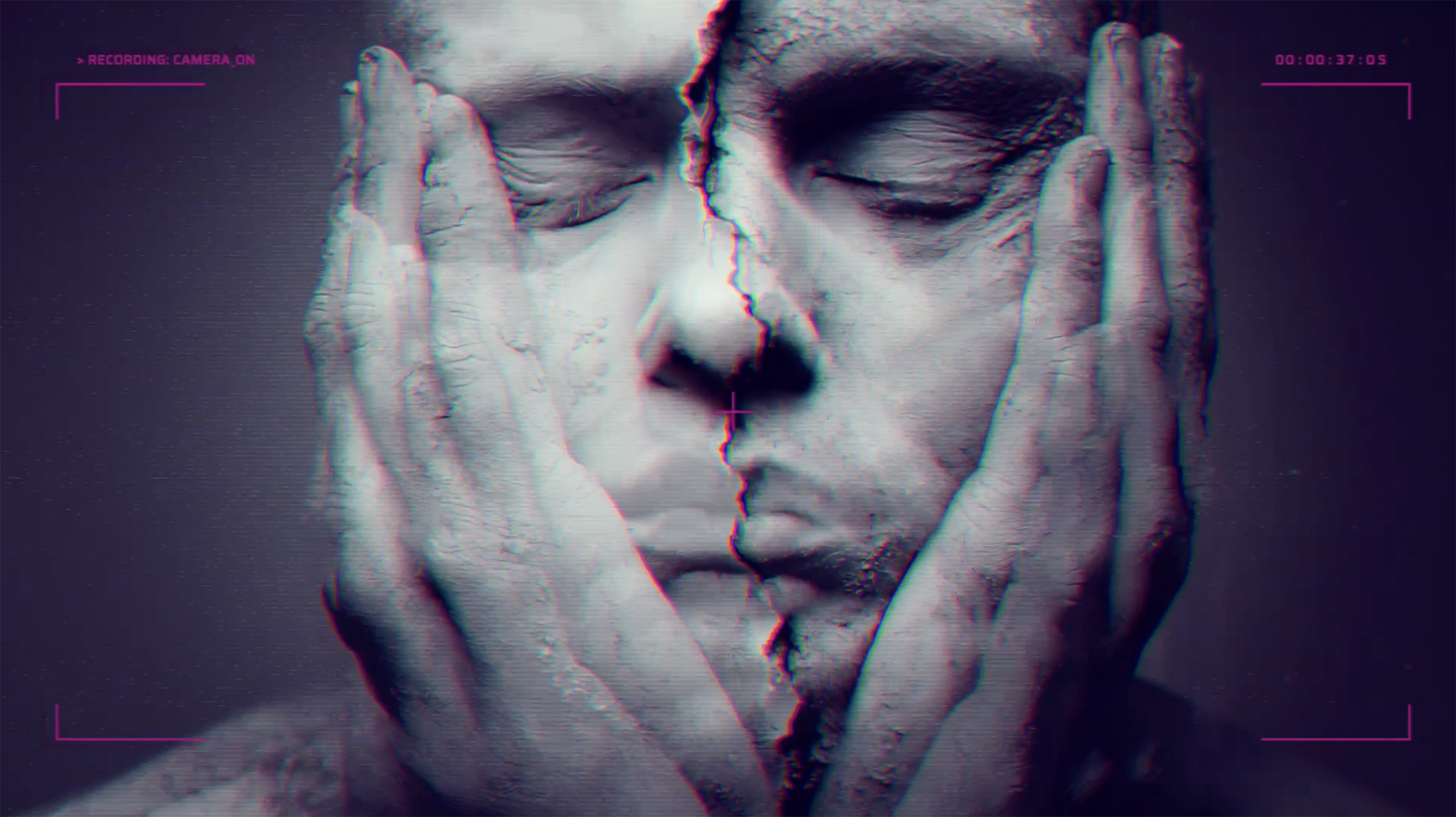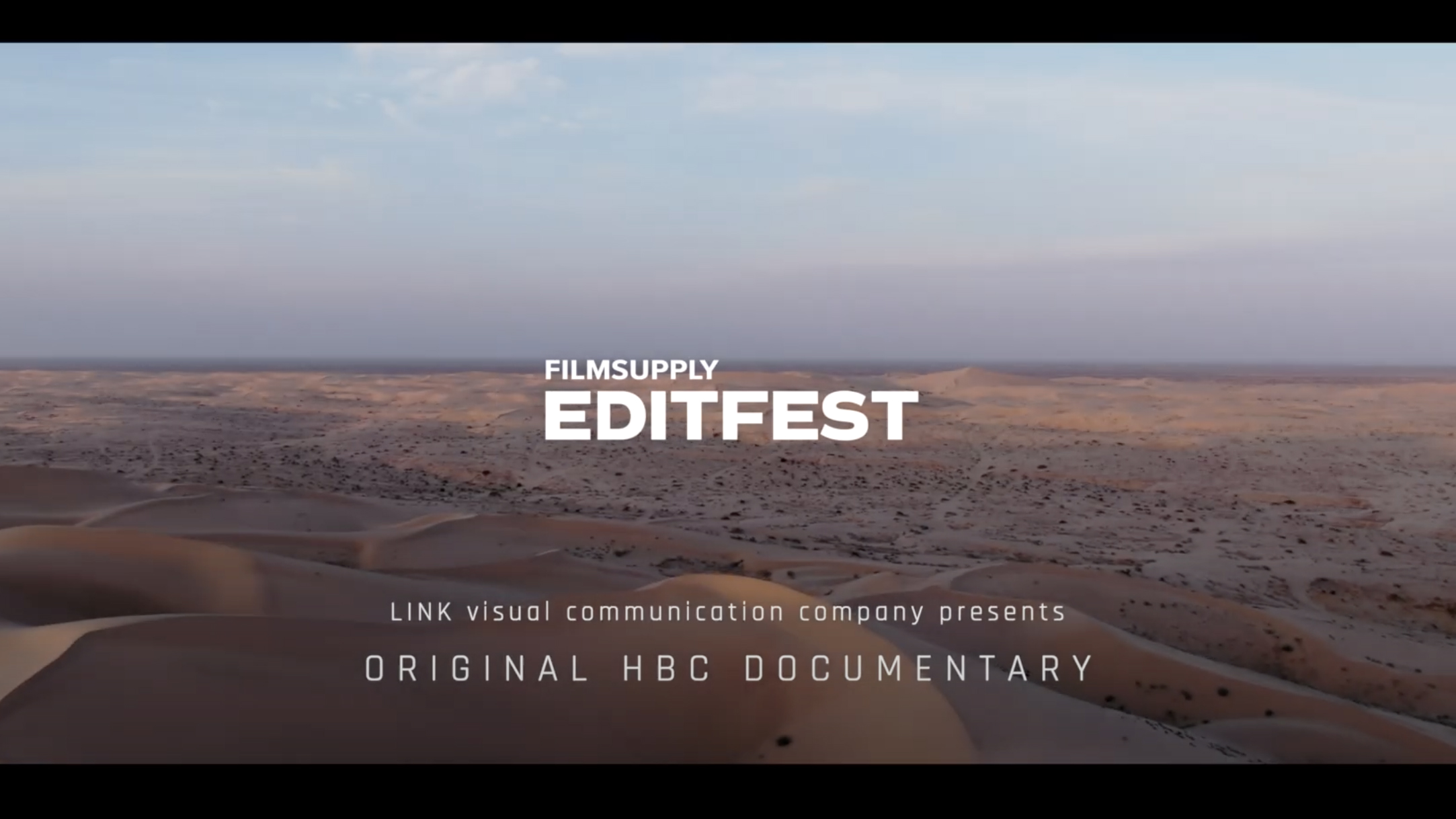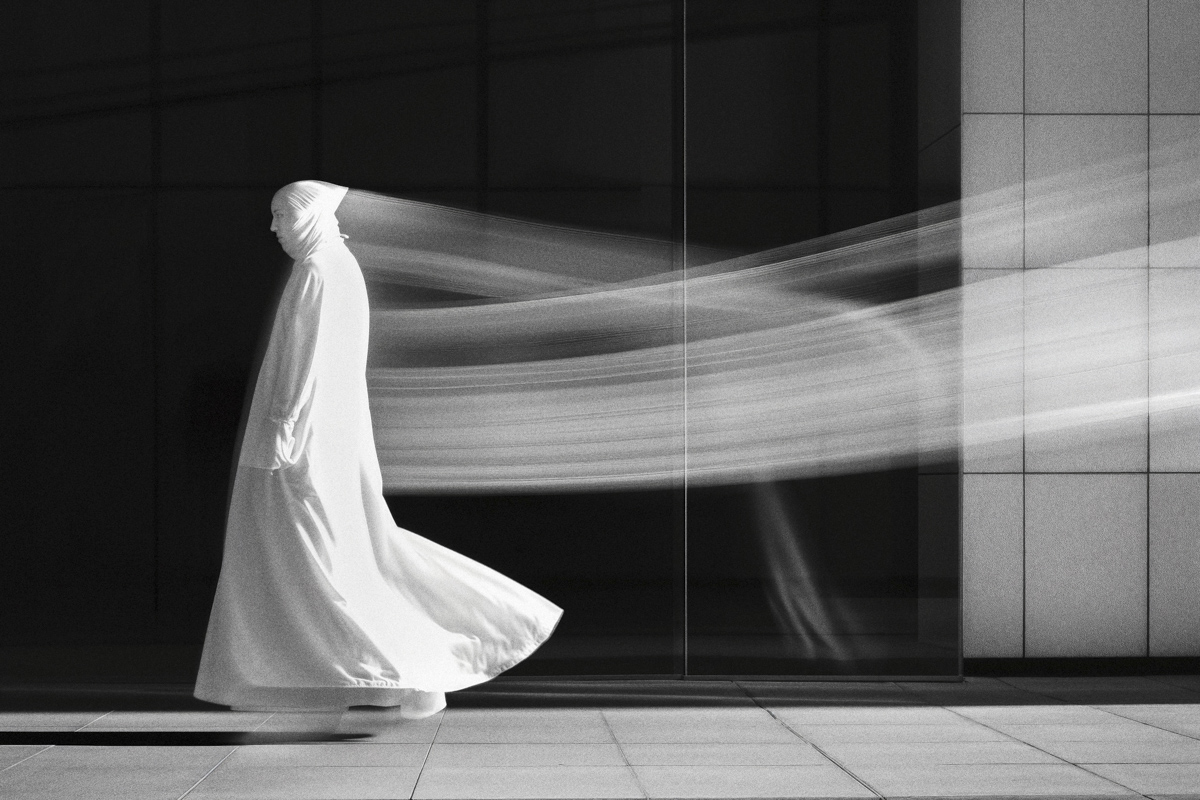
Redefining Architectural Imagery
Analog Meets AI: Redefining Architectural Imagery.
As a seasoned architectural analog photographer, stepping into the world of neurophotography brings a fascinating juxtaposition between the time-honored techniques of film and the futuristic capabilities of AI. Analog photography has always been revered for its ability to capture the true essence of a building’s form, texture, and light, with each shot demanding careful consideration of exposure, composition, and timing. The grain of the film, the depth of shadows, and the subtleties of natural light all contribute to an image that feels timeless and deeply connected to the physical world.
Neurophotography, on the other hand, introduces a new layer of creativity by using AI to analyze, enhance, and even reimagine architectural spaces. With AI, we can emphasize certain elements of a structure, such as highlighting the intricate details of Gothic arches or amplifying the futuristic vibe of a modern skyscraper. AI can also blend multiple perspectives into a single, cohesive image, creating a surreal experience that challenges our traditional understanding of space and form.
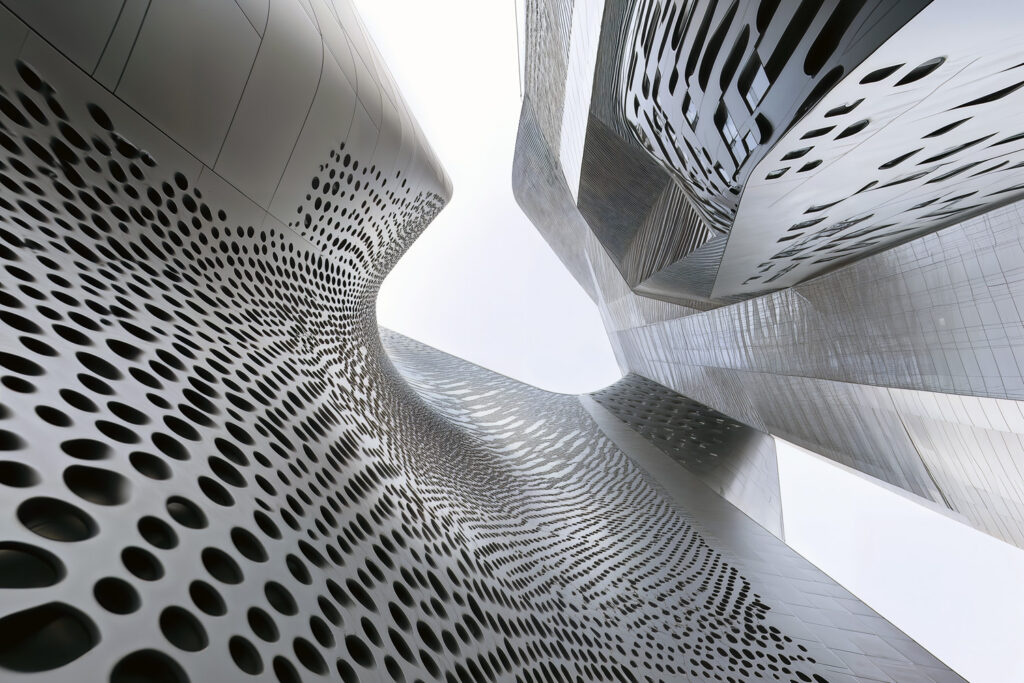
Challenges of Neurophotography in Architecture
One of the main challenges of neurophotography is maintaining the integrity of the architectural subject. While AI offers the power to manipulate images in ways that can make them more visually striking, there’s a fine line between enhancement and distortion. For instance, in a neurophotographic image of a classical building, AI might be used to exaggerate the symmetry or accentuate the contrast between light and shadow. However, if taken too far, these manipulations could misrepresent the true nature of the architecture, leading to a loss of authenticity.
Moreover, the tactile qualities of analog photography—the grain, the texture, the subtle imperfections—are often what make architectural photos feel so real and grounded. These elements are difficult to replicate with digital tools, and there’s a risk that the ultra-clean, polished look of AI-enhanced images might lack the warmth and character of their analog counterparts.
Direction of Neuro AI Photography in Architecture
As neurophotography technology advances, we are likely to see more integration between AI and traditional photography techniques. AI could be used to simulate the effects of analog film, adding grain and texture back into digital images, or it could be employed to create entirely new artistic interpretations of architectural spaces that push the boundaries of what we consider possible in photography.
For example, an AI-driven image of a historic cathedral might emphasize the spiritual aura of the space by subtly altering the light and shadow to create an ethereal, almost otherworldly atmosphere. Or, in the case of a contemporary structure, neurophotography could be used to enhance the sleekness and modernity of the design, making the building appear even more futuristic and dynamic.
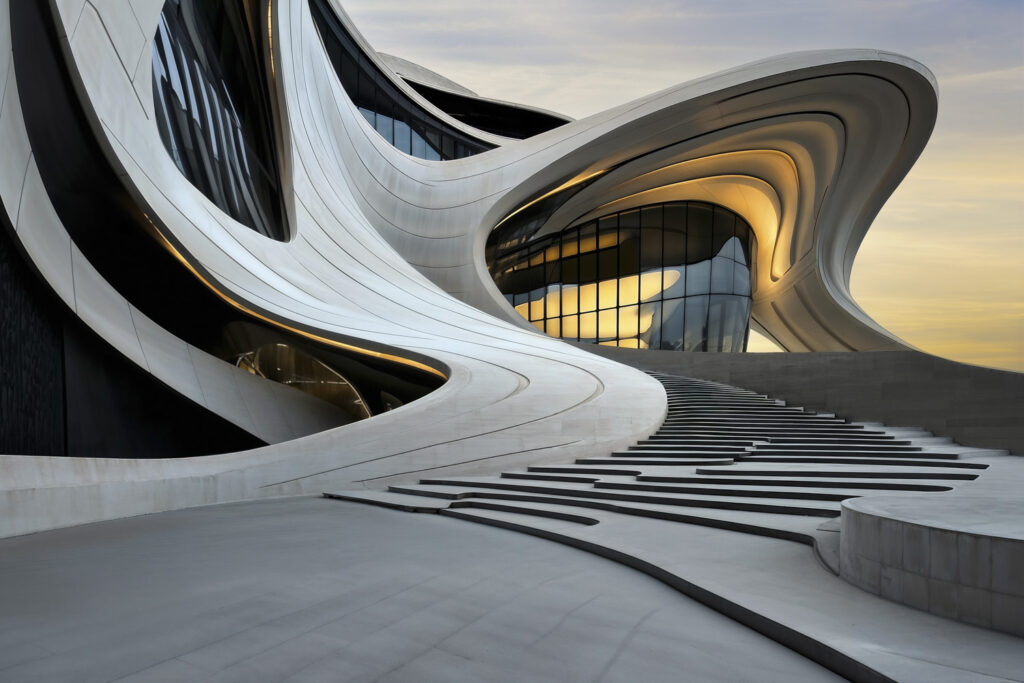
Will Neuro AI Photography Replace Analog Architecture Photography?
Rather than replacing analog architectural photography, neuro AI photography is more likely to coexist with it, offering a complementary approach that expands the creative toolkit available to photographers. Analog photography will continue to be valued for its authenticity, its connection to physical processes, and its ability to convey a raw, unfiltered view of the world. Neuro AI photography, on the other hand, will be appreciated for its innovative potential, allowing artists to explore new visual frontiers and create images that blend reality with imagination.
In this evolving landscape, the choice between analog and neuro AI photography will depend on the artist’s vision and the message they wish to convey. Some projects may call for the timeless, organic quality of analog film, while others might benefit from the creative possibilities offered by AI. Ultimately, the future of architectural photography lies in the fusion of these two approaches, where tradition and innovation come together to redefine how we see and experience the built environment.
.
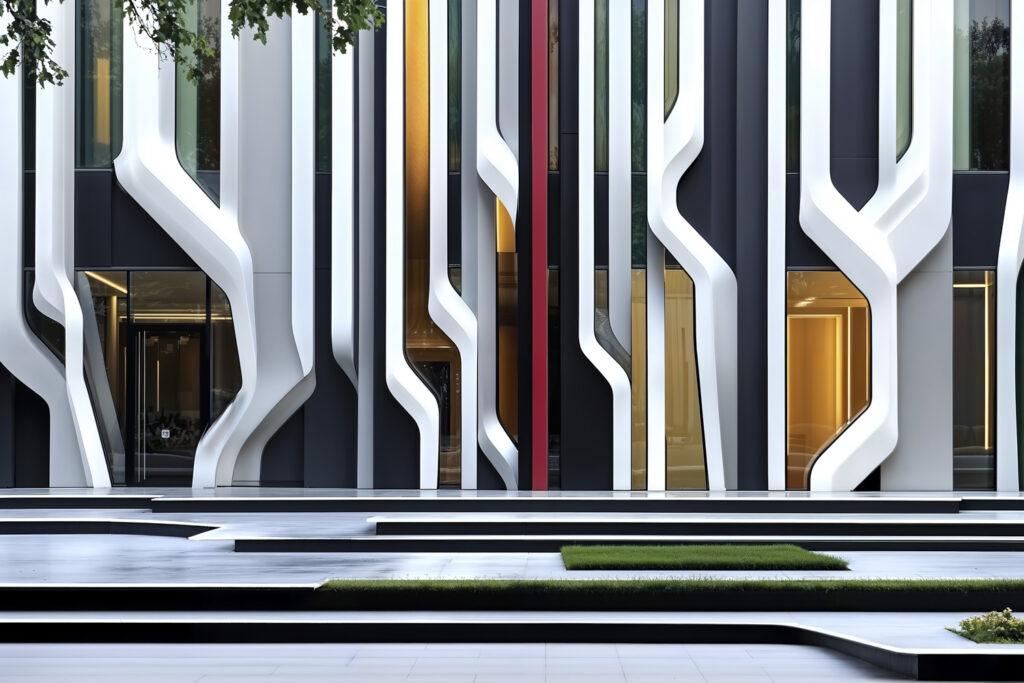
.


